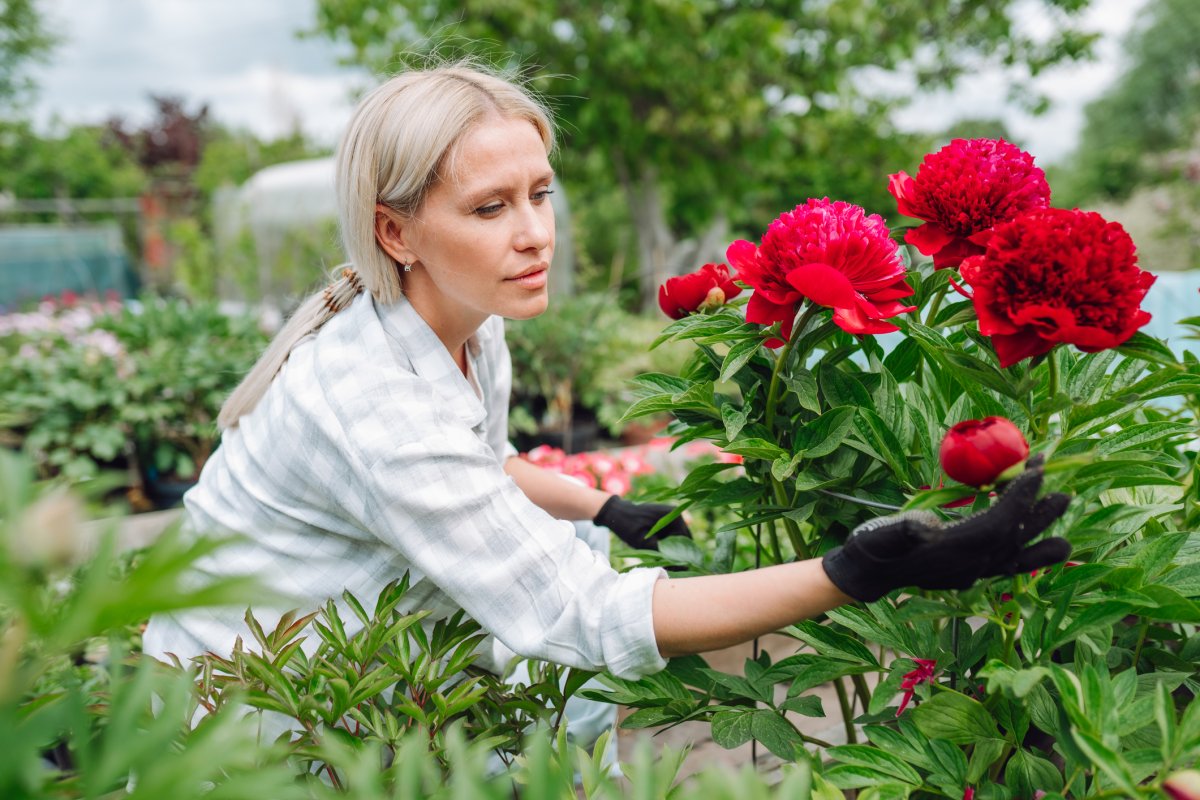We may earn revenue from the products available on this page and participate in affiliate programs. Learn More ›
Imagine if the plants you decide to include in your garden today are still around decades from now. Some perennials last a couple of years, but a few are known to last a decade or longer.
Unlike annuals that only last for one growing season, perennials return year after year. This can make your life easier and save you money since you don’t have to replant every year. We spoke to a couple of gardening experts about their favorite long-lasting perennials to help you choose the most convenient plants for your garden. Here’s a roundup of the longest-living plants known for their exceptional staying power.
1. Peonies (Paeonia hybrids)
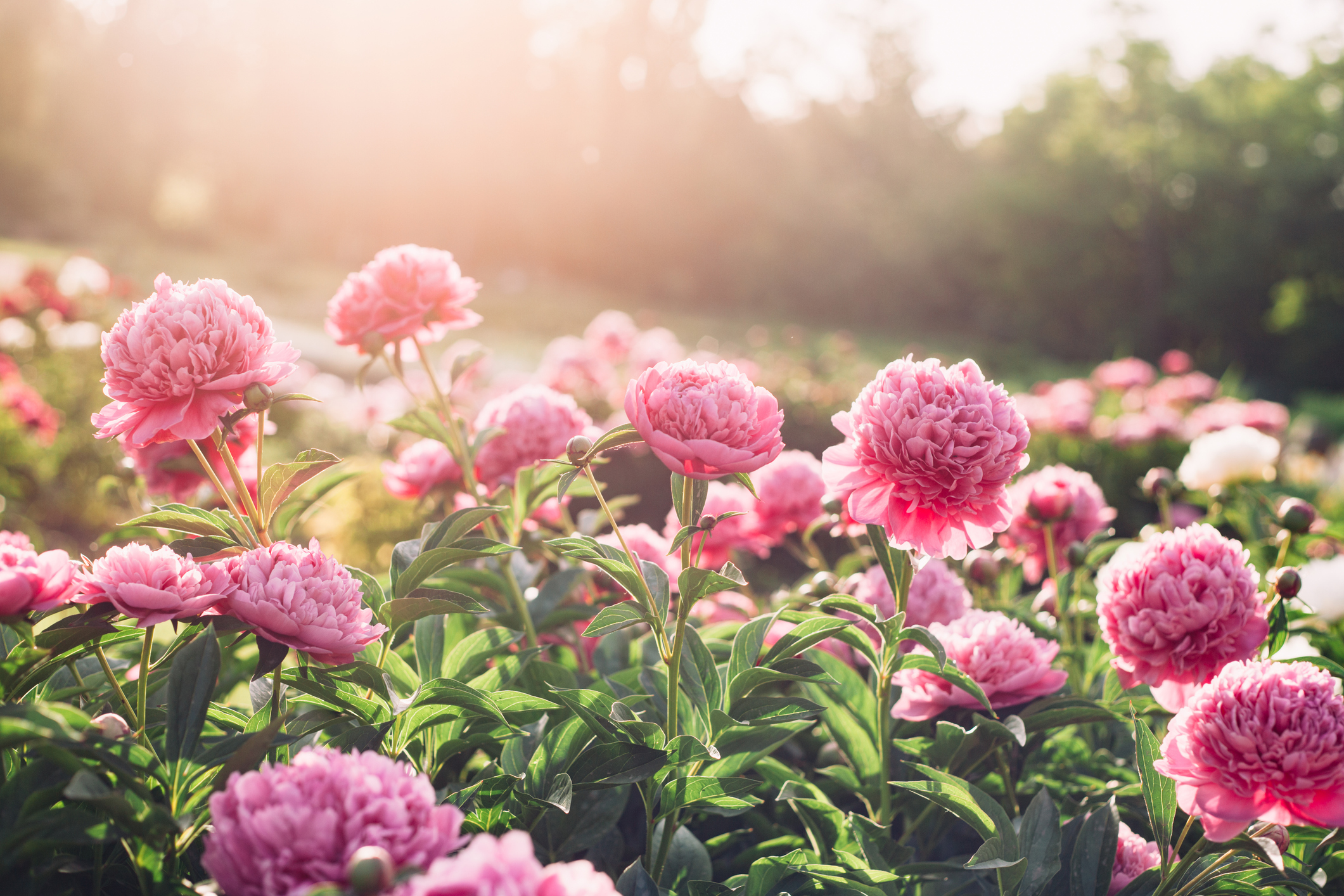
With a lifespan of 50 years or longer, peonies are a hardy perennial that generations can enjoy. “Peonies are cherished for their large, fragrant blooms and lush foliage,” says gardening coach Robin Phelps with Sow Many Plants. “Once established, they are incredibly low-maintenance and resistant to pests and diseases.” These old-fashioned flowers are available in white, pink, rose, red, and purple colors.
Phelps recommends the following care and maintenance tips:
- Plant peonies in well-draining soil with full sun exposure.
- Avoid planting too deeply—set the root crown no more than 2 inches below the soil surface.
- Water deeply, especially during dry spells, but avoid waterlogging the roots.
- Use stakes or rings to support heavy blooms and prevent them from drooping.
- After the first frost, cut back foliage to prevent disease and encourage vigorous spring growth.
Best For: Sunny spots where you are looking to add a pop of color and fragrance like you would find in a wedding bouquet
USDA Hardiness Zones: 3 to 8
Max size: 3 feet tall and wide
2. Hostas (Hosta spp.)

As one of the most popular plants for shady gardens, hostas require minimal maintenance and can live for 30 years or more. “They offer lush, attractive foliage in a variety of colors, shapes, and sizes,” says Phelps. Though it’s their foliage that stands out, their flower colors include white, purple, and pink blossoms.
Phelps recommends the following care and maintenance tips:
- Plant in partial to full shade and moist, well-draining soil rich in organic matter.
- Keep the soil consistently moist, especially during hot, dry periods.
- Apply a layer of mulch to retain moisture and suppress weeds.
- Divide hostas every 3 to 5 years to prevent overcrowding and maintain plant vigor.
Best For: Shady gardens with a lot of room for growth
USDA Hardiness Zones: 3 to 9
Max size: 6 to 48 inches tall and 1 to 7 feet wide
3. Iris (Iris spp.)

Irises add a striking architectural element to gardens with their unique blooms and sword-like foliage, says Phelps. They come in a variety of flower colors including blue, purple, white, yellow, pink, and red. When properly divided, they can last 20 years or longer. The most common types of irises are bearded and Siberian, though there are several long-lasting types suited to various regions.
Phelps recommends the following care and maintenance tips:
- Plant rhizomes in late summer or early fall in well-draining soil and full sun. Position rhizomes just below the soil surface to prevent rot.
- Water regularly during the growing season, but avoid overly wet soil.
- Divide clumps every 3 to 4 years after blooming to prevent overcrowding and promote healthy growth.
- Trim back leaves after flowering to maintain plant health.
Best For: A deer-resistant garden where you would like colorful flowers blooming for many years to come
USDA Hardiness Zones: 3 to 10 for bearded; 3 to 9 for Siberian; 4 to 9 for Japanese
Max size: 8 inches (dwarf or miniatures) to 3.5 feet tall and up to 2 feet wide
4. Japanese Forest Grass (Hakonechloa macra)
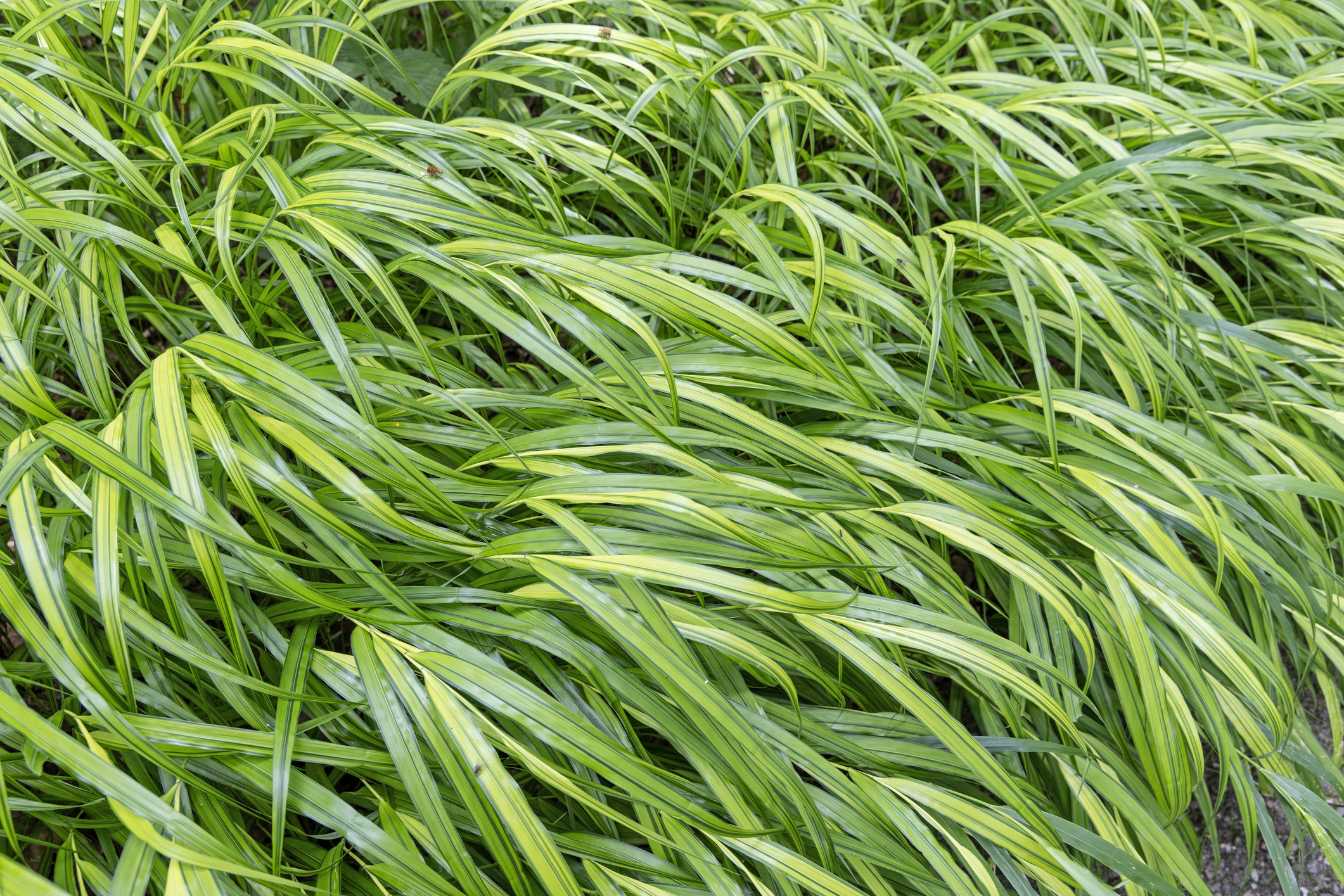
Also known as Hakone grass or forest grass, this attractive perennial ornamental grass can live for up to 15 years. It has arching, lance-shaped green or variegated leaves that cascade in a cluster. “This plant prefers to be grown in partial shade, and the variegation of the leaves will change depending on the amount of light exposure it receives,” says Graham Smith, gardening expert from LBS Horticulture in the United Kingdom.
“Although it grows naturally in cooler and more moist climates, Japanese forest grass can be grown in warmer climates if its roots are kept cool via mulching, it is watered often, and given shade. However, it may struggle to tolerate extreme heat or cold,” says Smith.
Smith recommends the following care and maintenance tips:
- Plant in partial shade.
- Water frequently so the soil can stay moist at all times.
- Keep roots cool with mulch.
Best For: Shady locations in cool, most climates
USDA Hardiness Zones: 4 to 9
Max size: 1 to 1.5 feet tall and 1 to 2 feet wide
5. Daylilies (Hemerocallis spp.)
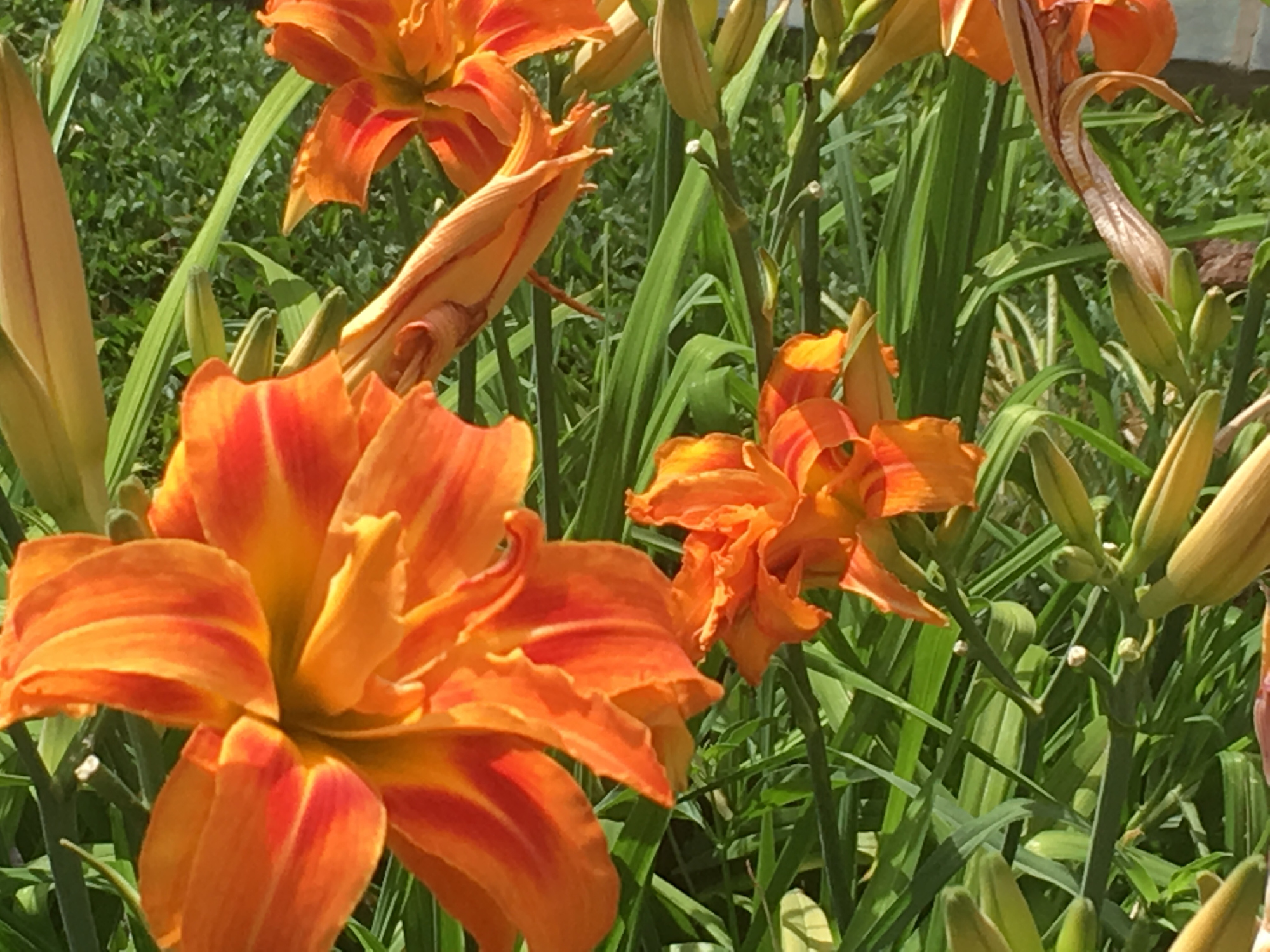
Daylilies, which are often spotted in an orange hue, can also have red, yellow, purple, or pink petals. They are robust and versatile, typically living for 20 to 30 years. Some of their benefits include being drought-tolerant, resistant to most pests and diseases, and able to thrive in both sun and partial shade. “Daylilies are loved for their vibrant blooms that last just one day, but the plants continuously produce flowers throughout the growing season,” notes Phelps.
Phelps recommends the following care and maintenance tips:
- Plant daylilies in full sun, although they can also tolerate partial shade.
- Make sure they are planted in well-draining soil.
- Water deeply once a week, especially during dry spells.
- Remove spent blooms to encourage continuous flowering.
- Divide every 4 to 5 years to rejuvenate the plant and enhance bloom production.
Best For: Full sun to partial shade locations in areas where they are able to grow a few feet tall
USDA Hardiness Zones: 3 to 9
Max size: 1 to 4 feet tall, 1 to 4 feet wide
6. Boxwood (Buxus spp.)
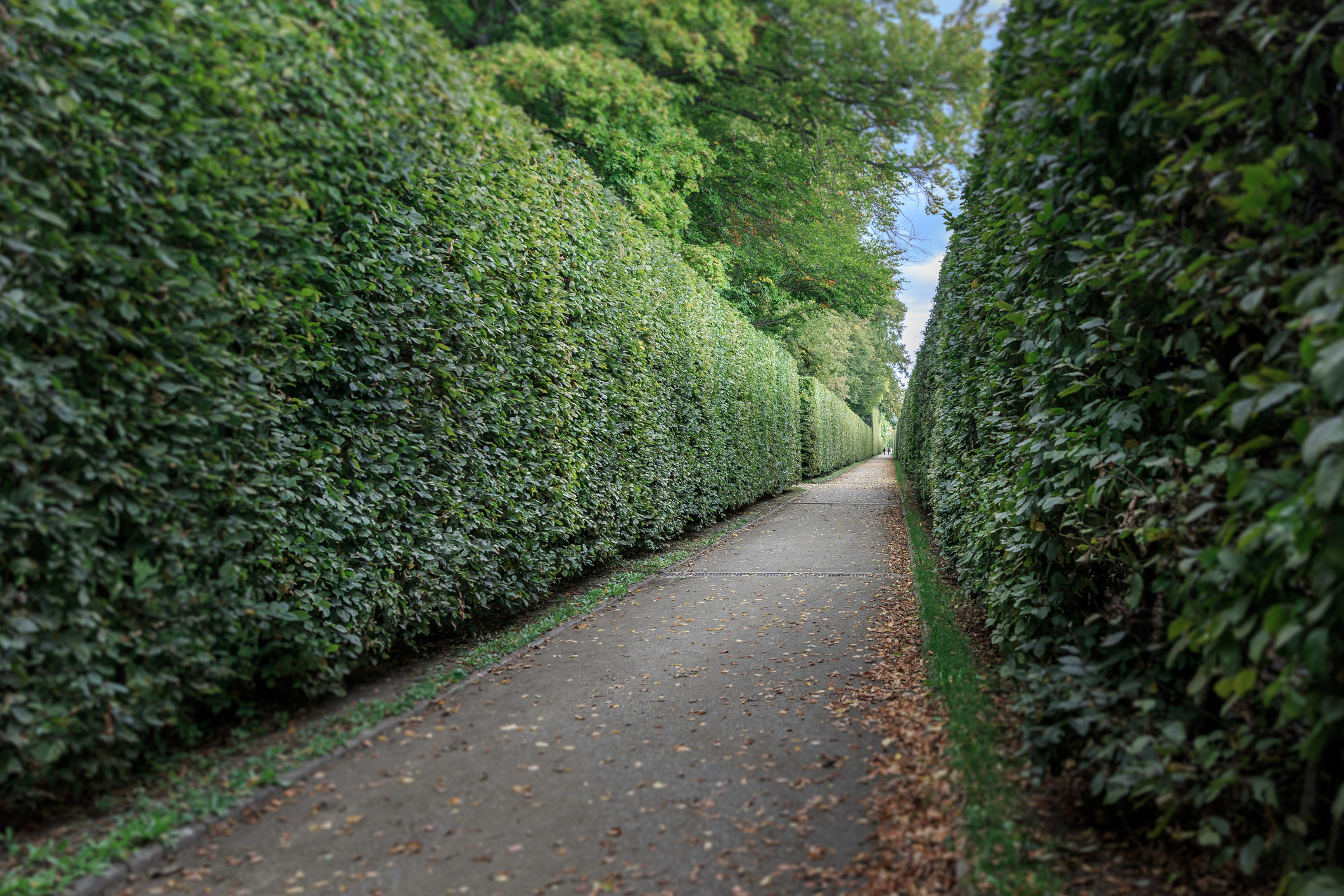
Often used as hedges, boxwoods are large perennial shrubs that can last up to 20 or 30 years. People are attracted to their densely packed, light-green leaves and how they can grow in a rounded, compact fashion with some pruning. “As the plant has shallow roots, the soil will need to be protected from heat, which can be through a layer of mulch that is a few inches thick,” says Smith. “Alternatively, plant the shrubs where they will be sheltered by trees during the hottest parts of the day, as this will help to keep their soil temperature cool.”
In their first 2 years, boxwood shrubs will need to be watered every week to ensure that moisture reaches the deepest roots. However, boxwoods that are established only need to be deeply watered when the weather is dry, about once every 2 to 4 weeks.
Smith recommends the following care and maintenance tips:
- Plant in well-draining loam soil.
- Choose full sun or partial shade locations to plant boxwood.
- Make sure they are sheltered from the wind.
- Prune occasionally to remove dead or crossing branches.
Best For: Hedges that receive partial sun and are planted in well-draining soil, can create a formal look
USDA Hardiness Zones: 5 to 9
Max size: 2 to 8 feet tall (and up to 20 feet high); 2 to 8 feet wide
7. Sedum (Sedum spp.)
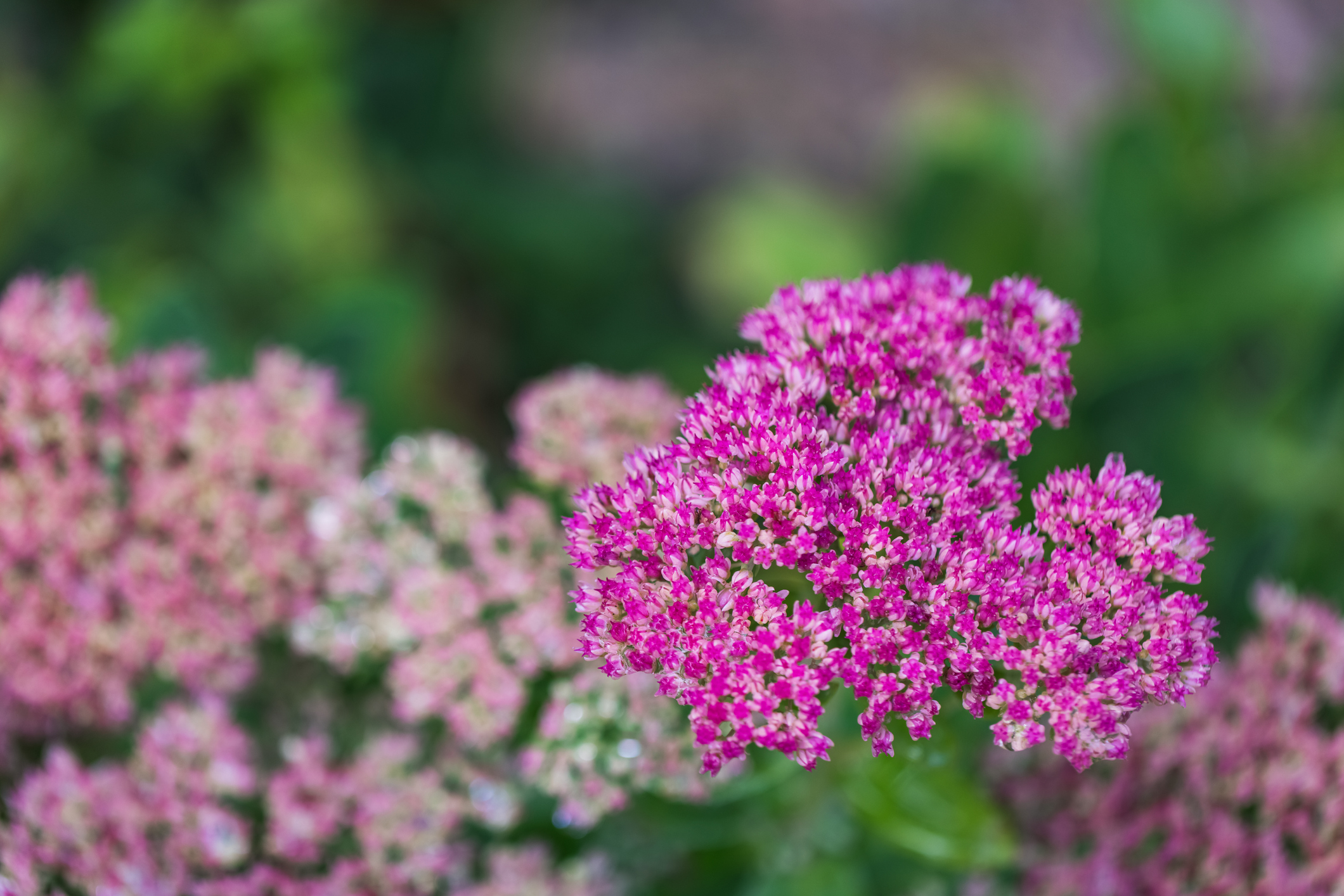
“Also known as stonecrop, sedum is a drought-tolerant, low-maintenance perennial that thrives in poor soil and adds texture and color to any garden,” says Phelps. Given its succulent leaves, it is vigorous and able to survive even in harsh weather conditions, including retaining moisture during drought. Sedums include low-growing ground covers or upright, flowering plants with red, pink, yellow, or white blooms. Some of the popular sedum choices include Dragon’s Blood, Autumn Joy, and Purple Emperor. Sedum plants can last 20 or more years with minimal care.
Phelps recommends the following care and maintenance tips:
- Plant sedum in full sun and well-draining, sandy soil.
- Water sparingly since sedum prefers dry conditions and is drought-tolerant.
- Prune dead stems in early spring to encourage new growth.
- Divide clumps every 3 to 5 years to maintain plant health and prevent overcrowding.
Best For: A variety of climates where plants can receive full sun and be planted in well-draining, sandy soil
USDA Hardiness Zones: 3 to 10
Max size: 2 to 36 inches tall and 14 to 48 inches wide

